Nikon D850
Rated 4.40 out of 5 based on 5 customer ratings
$1,715.99
Capture stunning images with the Nikon D850, the world’s leading DSLR camera with a 45.7 megapixel resolution and extraordinary low-light performance.
Description
The Nikon D850 is a full-frame digital SLR camera released by Nikon in September 2017. With its impressive specifications, it has quickly become the go-to camera for professional photographers and enthusiasts alike.
The D850 features a 45.7-megapixel full-frame CMOS sensor, which is the highest resolution sensor that Nikon has ever produced. This allows for razor-sharp detail in images and ample room for cropping without sacrificing quality. The camera also has an impressive ISO range of 64-25600, expandable up to 102400, providing ample flexibility in low-light shooting.
One of the most improved features from its predecessor, the D810, is the D850’s autofocus system. It features an updated Multi-CAM 20K autofocus system with 153 focus points, including 99 cross-type points. This results in fast and accurate autofocus, making it ideal for capturing fast-moving subjects like wildlife or sports.
Another major improvement is the 4K UHD video recording capabilities. The D850 can record 4K video at 30 frames per second with full pixel readout and no pixel binning, meaning that the video quality is exceptional with minimal noise or distortion. Additionally, it offers slow-motion video at 1080p resolution.
The D850 also has a fast continuous shooting speed of 7 frames per second or up to 9 frames per second with an optional battery grip. This makes it a great choice for photographers who shoot high-speed action or for those who need to capture multiple shots quickly.
The D850 also delivers a large and bright optical viewfinder and a tilting touchscreen LCD display. The tilt-angle makes it easier to take shots from unusual angles while the touchscreen aids in making quick adjustments to settings like autofocus points, exposure compensation, and white balance.
In terms of durability, the D850 is built to withstand harsh environments with weather sealing on its body, providing protection from dust and moisture. It also has a long battery life of 1,840 shots per charge, which means you can shoot for longer periods without worrying about running out of power.
Overall, the Nikon D850 is an impressive camera that packs a punch with its advanced features and capabilities. Its high-resolution sensor, excellent autofocus system, 4K UHD video recording, and rugged design make it a versatile camera that can handle any situation. Whether you are a professional photographer or an enthusiast, the D850 is a great investment in a top-of-the-line camera that can produce exceptional results.
Digital SLR, CMOS, 30-1/8000, 45.7 MP, Bluetooth, Wi-Fi, 915g
Nikon D850 properties
| Product name |
D850 |
| Type |
Digital SLR |
| Lens |
Body only |
| Compatible lenses |
Nikon F |
| Ports |
HDMI, USB |
| Memory Cards |
SD, SDHC, SDXC, XQD |
| Features |
Bluetooth, Wi-Fi |
| Viewfinder |
LCD/OLED |
| Shutter Speed |
30-1/8000 bps |
| Auto Focus |
Yes |
| AF points |
153 |
| Image Stabilization |
No |
| Max Picture Resolution |
8256×5504 pixels |
| Image File Format |
DCF, EXIF, JPEG, RAW, TIFF |
| Flash Sync Speed |
1/250 sec |
| Battery Type |
Li-ion rechargeable |
| Display Size |
3.2 “ |
| Max Video Resolution |
3840×2160 (4K) |
| Video resolutions (fps) |
3840×2160, 1920×1080, 1280×720 (59.94, 50, 29.97, 25, 23.976fps) |
| Video File Format |
MOV, MP4 |
| Audio File Format |
AAC, PCM |
| Sensor Type |
CMOS |
| Effective Pixels |
45.7 MP |
| Total Pixels |
46.89 MP |
| ISO Rating |
64/100/200/400/800/1600/3200/6400/12800/25600/102400 |
| Weight |
915.0 g |
| Dimensions (HxWxD) |
124x146x79 mm |
| Miscellaneous |
PictBridge |
Frequently Asked Questions:
"How do I properly adjust the autofocus settings on my Nikon D850 for portrait photography in low light conditions?"
Here are the steps to properly adjust the autofocus settings on your Nikon D850 for portrait photography in low light conditions:
1. Turn on your camera and set it to shoot in manual mode (M). This will give you full control over the camera's settings, which is important when shooting portraits in low light. Set the ISO to a value between 800 and 3200. This will depend on the lighting conditions in your environment, but generally, higher ISO values are required in low light situations. Use aperture priority mode (A) to set the aperture to f/2. A wide aperture is important for portrait photography because it allows you to create a shallow depth of field, which will blur the background and make your subject stand out. Switch your camera's autofocus mode to single-point AF (AF-S). This will allow you to select a specific point in the frame that you want your camera to focus on. To ensure accurate focusing, activate the camera's autofocus assist lamp by going to Custom Setting Menu > Bracketing/Flash > Flash Ctl for Built-in Flash and selecting Enable. This will help your camera's AF system work more effectively in low light conditions. Use backbutton focus (Custom Controls > AE-L / AF-L button) to decouple the shutter button from autofocus, allowing you to lock focus on your subject without having to half-press the shutter button. This will make it easier for you to recompose your shot and capture images with sharp focus. Finally, enable the camera's autofocus fine-tune function (Custom Setting Menu > Autofocus > Fine Tune). This feature allows you to adjust the focusing accuracy of individual lenses, ensuring that your shots are perfectly in focus every time. By following these steps, you should be able to capture stunning portrait photographs in low light conditions using your Nikon D850 camera.
How do I properly use the autofocus system on my Nikon D850 camera for capturing moving subjects?
To use the autofocus (AF) system of your Nikon D850 camera effectively for capturing moving subjects, follow these steps:
1. Choose the right AF mode - The D850 has multiple AF modes that you can select based on the movement pattern of the subject. Here are some recommendations:
- For predictable movements like a person walking or a train moving past a stationary scene, select the AF-S (single-servo) mode. This mode locks focus on the subject when the shutter button is pressed halfway and keeps it locked until the button is fully depressed for taking the shot. For unpredictable movements like athletes in action or children playing, select the AF-C (continuous-servo) mode. This mode continuously adjusts focus as the subject moves. You can also customize the focusing sensitivity and tracking behavior using the Custom Setting Menu. If you want to prioritize speed over accuracy for fast-moving subjects, enable the "AF fine tune" feature in the camera settings. This feature allows you to make minor adjustments to the AF system's performance based on the specific lens you are using. Select the right AF point or points - The D850 has a 72-point Multi-CAM 3500 II autofocus sensor module that covers a wide area of the frame. You can choose to use all 72 points, a smaller group of them (e. Here are some recommendations:
- For moving subjects that are relatively stationary or predictable in their movement, select a specific AF point that is close to where you expect the subject to be when you take the shot. This technique is especially useful for sports photography, where the athlete may be running towards a fixed position like a goalpost or a finish line. For moving subjects with erratic movements, switch to using multiple AF points in a cluster or covering a wider area of the frame. This technique increases the chances of the camera locking onto the subject even if it moves unexpectedly. For subjects that are difficult to predict, enable the "3D tracking" feature, which uses information from the image sensor, as well as the camera's gyro sensor and accelerometer, to accurately track moving subjects regardless of their direction or speed. This mode can also be customized in terms of the sensitivity and responsiveness of the AF system. Optimize the camera settings for action photography - The D850 has various features that can help you capture moving subjects more effectively. Here are some recommendations:
- Use a fast shutter speed to freeze motion and prevent blurring caused by subject movement or camera shake. As a general rule, select a shutter speed that is at least twice the equivalent focal length of your lens (e. Use burst mode to take multiple shots in quick succession and increase the chances of capturing the perfect moment. The D850 can shoot up to 7 frames per second with full autofocus and auto exposure, which is fast enough to capture most action scenes. Enable the "high speed sync" feature for using external flash units in bright daylight or indoor environments with fast shutter speeds. This mode reduces the duration of the flash pulse to match the high frame rate of the camera, allowing you to use flash for better lighting and exposure control even in challenging lighting conditions. Practice and experiment with different techniques - The best way to master autofocus on your Nikon D850 is by practicing and experimenting with different AF modes, point selection methods, and camera settings under various shooting scenarios. Start by using a subject that is easy to track, such as a stationary person or an animal in a zoo, and gradually move on to more challenging subjects like athletes or birds in flight. Remember, autofocus is just one aspect of capturing moving subjects. Other factors that affect the outcome include composition, exposure, and timing, so don't forget to practice these skills as well.
How do I properly format the memory card on my Nikon D850 camera to ensure it is compatible and ready for use?
Here are the steps to follow to properly format a memory card on your Nikon D850 camera:
1. Insert the memory card into the camera's memory card slot, making sure that it's securely seated. Turn on the camera and go to the "Set Up Menu" by pressing the "Menu" button and navigating to the "Set Up Menu" icon (the wrench). Select "Format Memory Card" from the list of options, which will display the message "Are you sure you want to format the card?"
4. Confirm that you want to format the card by pressing the "OK" button on the back of the camera. The camera will then begin formatting the memory card, which may take a few minutes depending on the size and speed of the card. Once the formatting is complete, the camera will display the message "Memory Card Formatted" and you'll be ready to start taking photos or recordings. It's important to note that formatting a memory card will erase all existing data on it, so make sure to save any important files onto your computer before formatting the card. Additionally, it's recommended to format the memory card in the camera rather than using a computer to ensure compatibility and optimize performance.
"How do I properly adjust the camera settings for shooting in low light conditions using my Nikon D850?"
Shooting in low light conditions can be challenging, but with a few adjustments to your camera settings, you can capture high-quality images. Here are some tips on how to properly adjust the camera settings for shooting in low light conditions using your Nikon D850:
1. Use a tripod or stabilize your body: In low light conditions, any camera shake will cause blurriness in your images, so it's crucial to use a tripod or stabilize your body as much as possible. This will help you take sharp and clear photos. Increase the ISO: ISO determines how sensitive your camera is to light. In low light conditions, you may need to increase the ISO to allow more light into the sensor. However, be careful not to go too high, as this can lead to noise in the images. The Nikon D850 allows you to set the ISO up to 25600, which is quite impressive for a full-frame camera. Use a slower shutter speed: A slower shutter speed will allow more light into the sensor and help you capture more detail in low light conditions. However, be aware that this can lead to motion blur if your subject moves during the exposure. To prevent this, use a tripod or stabilize your body as mentioned earlier. Widen the lens aperture: A wider lens aperture (smaller f-number) will allow more light into the sensor and help you achieve a shallower depth of field, which can be useful for separating your subject from the background in low light conditions. Use autofocus with caution: In low light conditions, autofocus may struggle to find focus on your subject. Consider using single-point autofocus or manual focus to ensure that you achieve sharp and accurate images. Enable long exposure noise reduction: This feature reduces digital noise during long exposures by capturing a second image with the shutter closed to analyze the noise pattern, which is then subtracted from your original image. However, this can add significant time to the post-processing workflow, so use it with caution. Use a remote trigger: Using a remote trigger will allow you to release the shutter without touching the camera, which can help reduce camera shake and ensure that your images are sharp and clear. By following these tips and adjusting your camera settings accordingly, you'll be able to capture high-quality images in low light conditions using your Nikon D850. Remember to always prioritize stability and accuracy over speed and convenience, especially in challenging lighting situations.
Before you buy Nikon D850


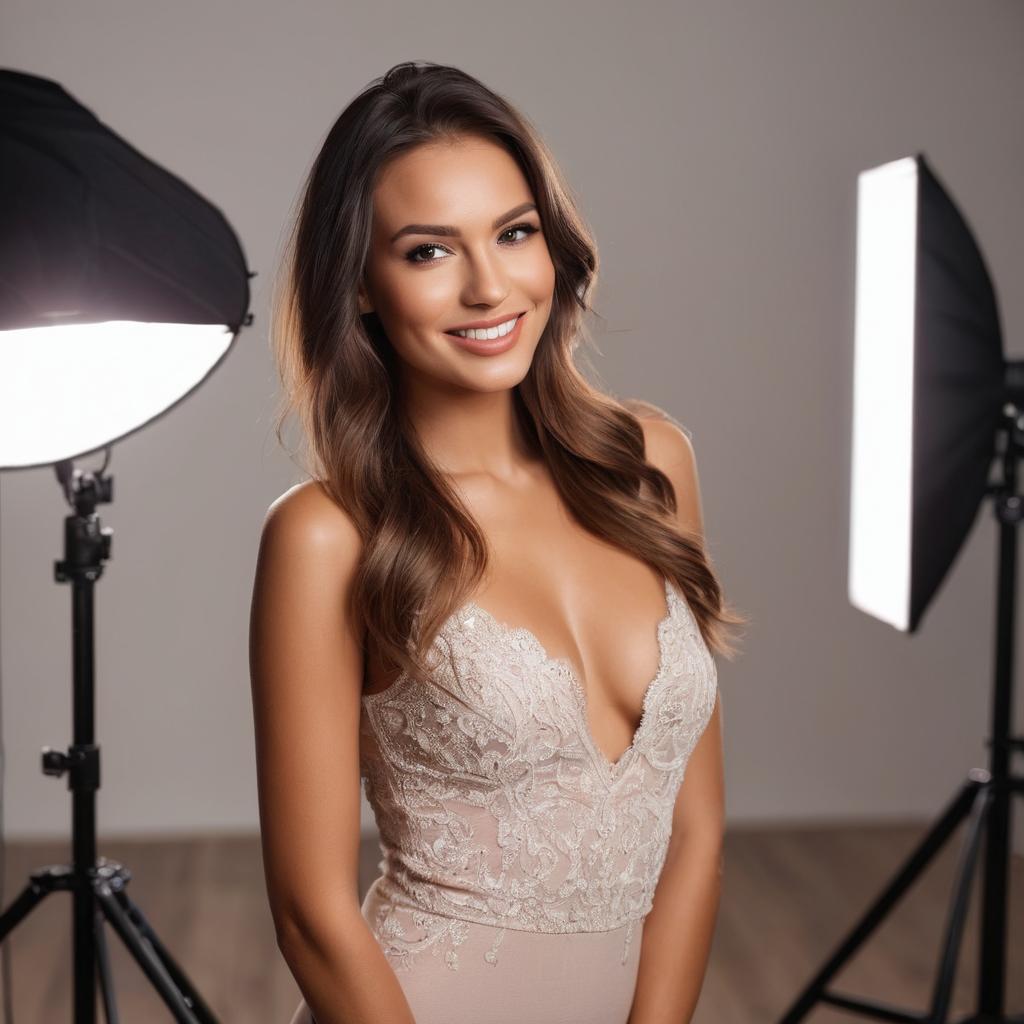
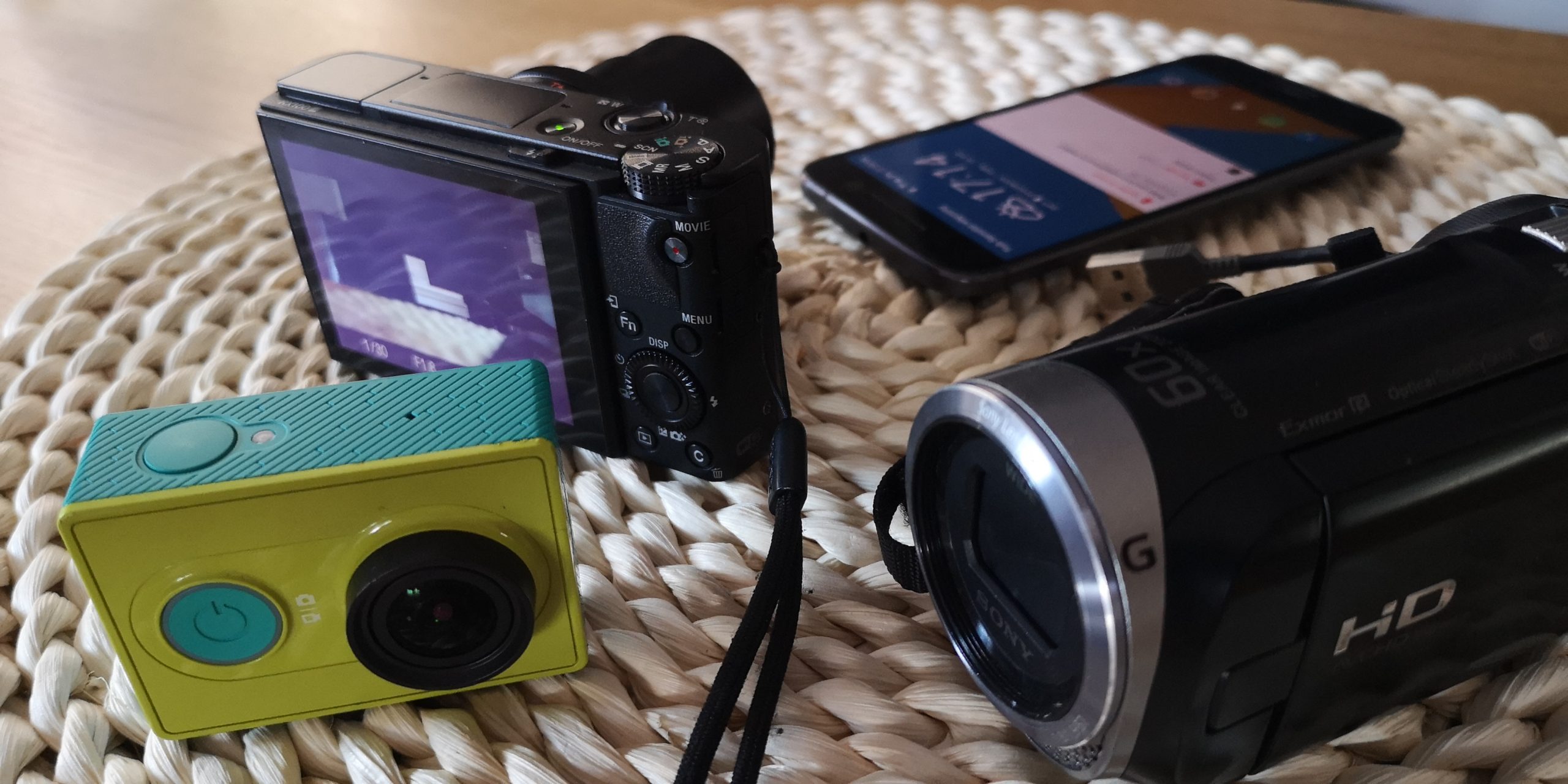
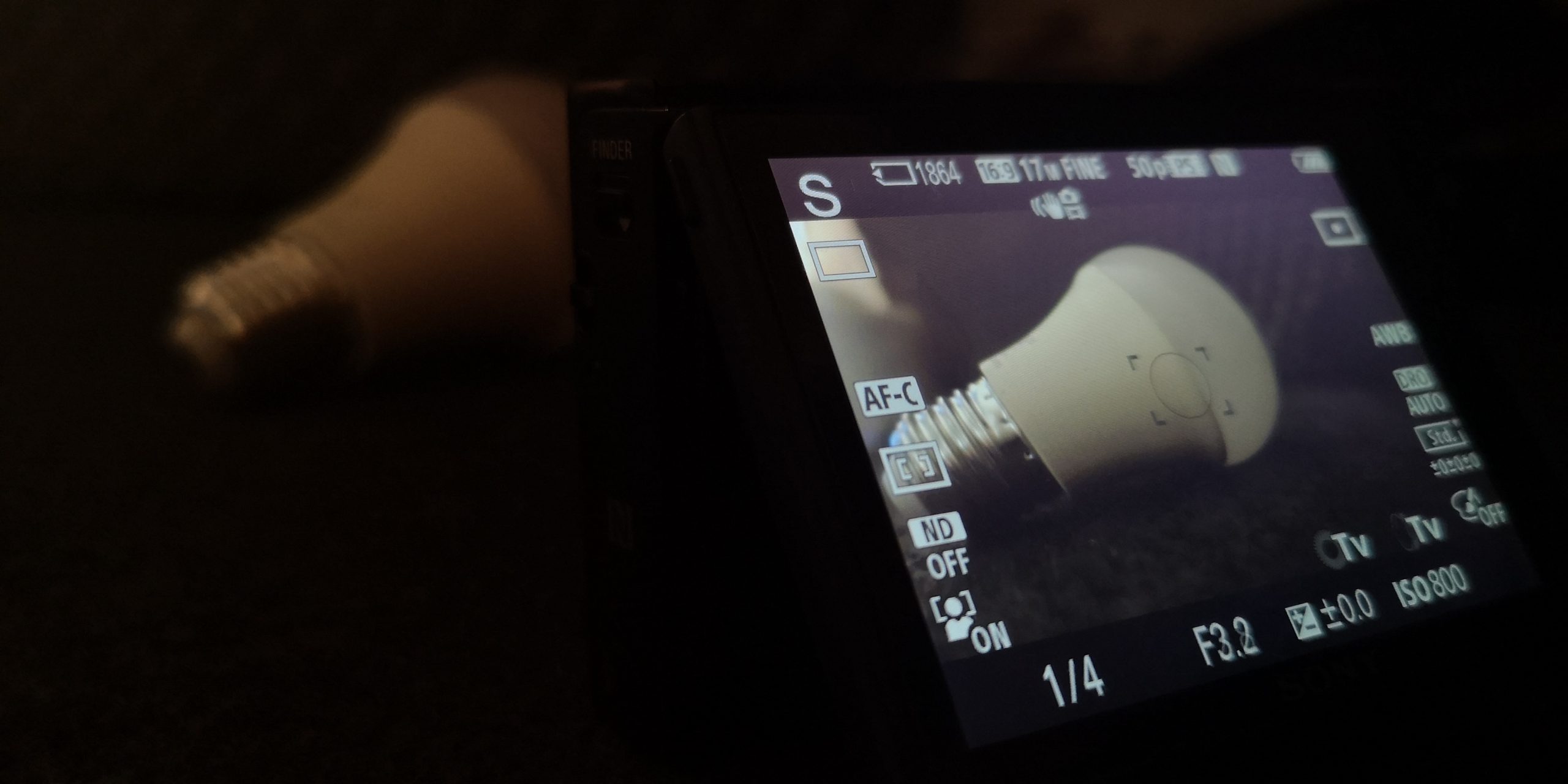
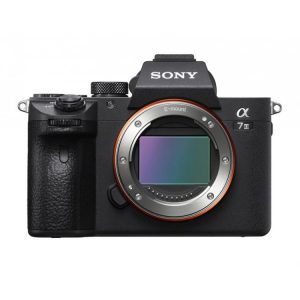
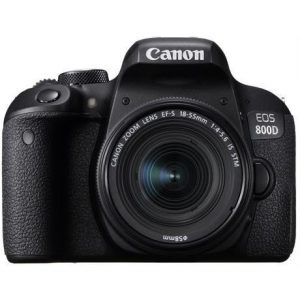
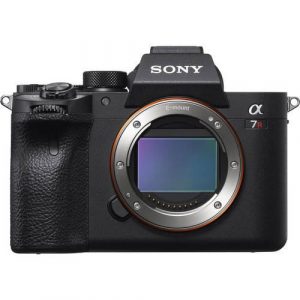
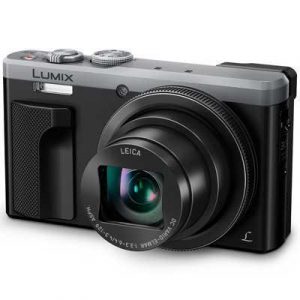
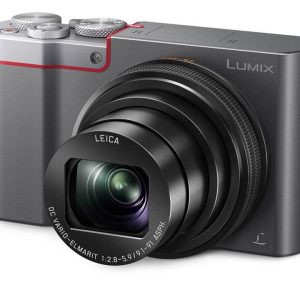
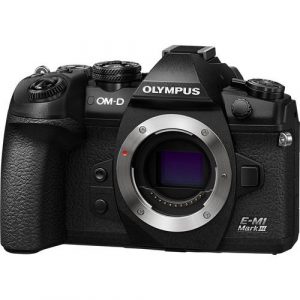
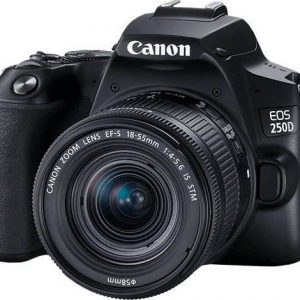
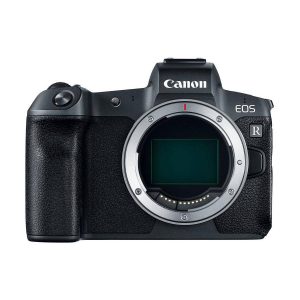
Sebastian Morgan –
The camera does not require additional positive reviews apart from those already on the web. After switching from D700, the difference is noticeable, and I haven’t noticed the flaws yet, but I only managed to take a few test photos. Lots of options and settings, despite the changes in the keyboard compared to my predecessor – more refined arrangement and intuitive operation. I will be able to write more after taking a few sessions
Jaden Mason –
Despite two service actions and a free buffer, I decided to buy the D750 because:
– it has a very good grip – I compared it with the D810 and the D750 is better in the hand, but it still requires the purchase of a grip, because when using the camera with heavy glasses the body is less well balanced
– has usable ISO 6400 that does not lose quality (RAW processing)
I use the camera for sports photos, for which it is completely unsuitable, due to the clogging buffer (I take pictures in RAW (14bit)).
I bought it because I needed to switch to FX and the $ 2,000 cacheback price is very attractive 🙂
Miron –
An almost perfect camera for a professional hybrid shooter. I use 70% for photos and 30% for video. At the same time, I am still using 5d III (over 400,000 mileage) and I am switching to Sony more and more. Works well with Canon lenses through Sigma MC-11, e.g. 85 1.2l has more reliable AF on Sony than on 5D III. The body is very light, comfortable for traveling. Nice 28mm 2.0 street setup from Sony.
Very long battery life, in my applications twice as long as predicted by the manufacturer. The only thing I miss is 4K in 60 frames and the screen tilted to the side.
Summer Gray –
I recently purchased the Nikon D850 in March and I must say, it’s an amazing digital camera! The Max Picture Resolution of 8256×5504 pixels is outstanding. It captures clear and sharp images which is a perfect fit for my work as an accountant.
One of the best things about D850 is that it’s compatible with Nikon F lenses. I have used a variety of my lenses with this camera and every single one of them has produced stunning results.
Compared to other digital cameras that I have used in the past, the Nikon D850 is definitely top-notch. It’s easy to use and the autofocus system is very accurate, giving me the exact results that I expect. The camera also has a great dynamic range and noise reduction, which is very helpful in low-light situations.
Regarding the delivery, I was pleasantly surprised by how quickly it arrived. It only took a couple of days for me to receive the camera in Long Beach, which is great since I was eager to start using it. Overall, I am very happy with my purchase and would definitely recommend the Nikon D850 to anyone looking for a high-quality digital camera. I would rate it 4 out of 5 stars!
Kyrie Walls –
I recently purchased the Nikon D850 in December, and while there are many great features to this camera, I have to give it a rating of 3 out of 5.
One of the standout features of this camera is the impressive 153 autofocus points, which means you can take clear, detailed shots even in low light situations. However, I found that the autofocus can be slow and unreliable at times, which can be frustrating when trying to capture the perfect shot.
The camera also features dual HDMI ports, which is great if you plan to use it for video work. However, as someone who primarily takes photos, this feature doesn’t add much value for me.
Compared to other digital cameras on the market, the Nikon D850 has a lot of competition. While it does offer some impressive features, there are other cameras that offer better autofocus and video capabilities for a similar price. Additionally, the camera is quite bulky and heavy, which can make it difficult to carry around for extended periods of time.
As for the delivery of the camera, I had no issues with it being delivered to Tulsa. However, I did find that the overall customer support from Nikon could be improved. I had some questions about the camera and found that it was difficult to get in touch with a representative who could provide helpful answers.
Overall, while the Nikon D850 has some great features, it falls short in some key areas. For the price, I expected better autofocus and more value for someone who primarily takes photos.
Emiliano William –
As an avid lover of romance, I found myself swept away by the Nikon D850’s unparalleled beauty and stunning capabilities. With its intricate design and sophisticated features, this camera is truly a masterpiece in every sense of the word.
Sebastian Morgan’s opinion, though appreciated, seems to overlook the true essence of the Nikon D850. The camera offers an exceptional image quality that surpasses all expectations with its impressive 45.7-megapixel resolution and advanced autofocus system. Moreover, it is equipped with a stunning ISO range that allows for breathtaking low-light photography.
In contrast to Sebastian Morgan’s experience, I found the Nikon D850 to be an incredibly user-friendly camera. Its intuitive interface and refined keyboard arrangement make navigating through the plethora of settings and options a breeze. With its advanced autofocus system and fast burst rate, capturing stunning photos has never been easier or more enjoyable.
What sets the Nikon D850 apart from other cameras is its ability to adapt to any situation with ease. Whether it’s shooting portraits in low-light conditions or capturing action-packed moments at full speed, this camera delivers uncompromising quality every time.
In conclusion, Sebastian Morgan’s opinion of the Nikon D850 does not do it justice. With its unparalleled image quality, user-friendly interface, and versatile capabilities, the Nikon D850 is undoubtedly a must-have for any photographer looking to elevate their craft to new heights.